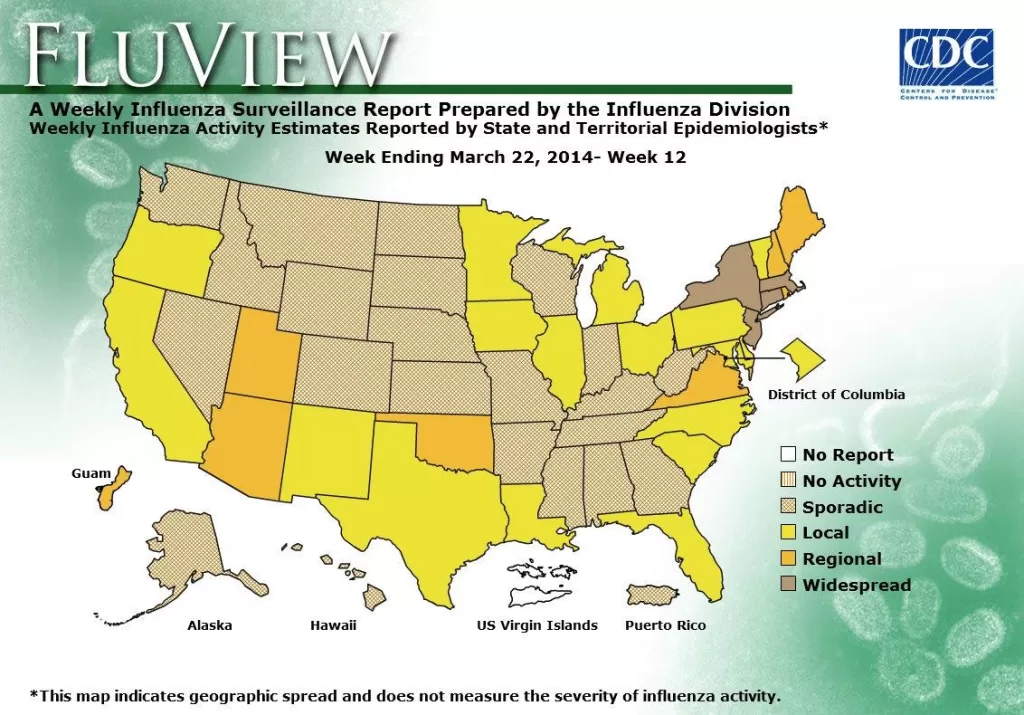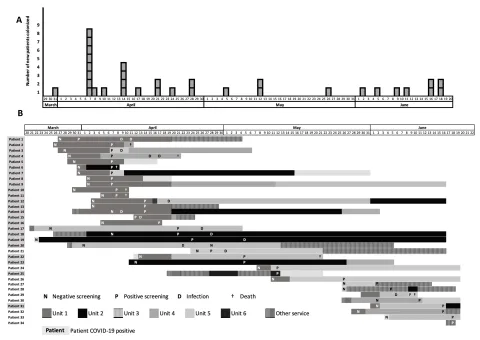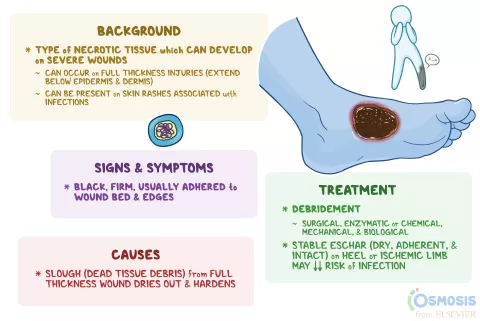US flu activity has shown a slight decrease, yet it continues to be a pressing concern, remaining above baseline levels for a remarkable 12 consecutive weeks. In the latest report by the Centers for Disease Control and Prevention (CDC), over 43,000 hospitalizations and 18 flu-related deaths among children were documented. Notably, the CDC’s flu report has revealed a concerning rise in pediatric flu deaths, with this season’s total reaching 86. Moreover, flu severity levels among various age groups remain alarmingly high, as reflected by a flu test positivity rate of 26.9%. While the current COVID-19 levels appear low, the CDC has also noted a moderate decline in respiratory syncytial virus (RSV) activity, indicating a complex respiratory illness landscape that requires ongoing vigilance.
The ongoing influenza situation across the United States is marked by elevated rates of flu infections and hospitalizations, presenting a significant public health challenge. Reports from health authorities indicate that the prevalence of influenza is considerably high, with notable instances of severe cases and pediatric fatalities. The Centers for Disease Control and Prevention has been closely monitoring flu hospitalization rates, especially among younger populations, where tragic outcomes have been recorded. As concerns over flu severity intensify, the need for accurate surveillance and timely updates remains crucial for effective management of respiratory illness. Understanding the dynamics of flu activity and its interplay with other respiratory viruses like RSV is essential for both public health officials and communities.
Current Status of US Flu Activity
US flu activity remains notably high, surpassing baseline levels for the twelfth consecutive week. According to the latest report from the Centers for Disease Control and Prevention (CDC), there were over 43,000 hospitalizations reported last week, emphasizing the urgent health crisis being experienced across all age groups. The statistics also revealed a concerning number of 18 pediatric deaths due to influenza, highlighting the severity and lethality of the current flu season.
Despite a slight decrease in flu activity as weekly test positivity rates dropped from 31.6% to 26.9%, the overall influenza hospitalization rates remain high, leading to increased strain on healthcare systems. With flu activity classified as high or very high in 44 jurisdictions, it’s clear that vigilance is necessary to manage and control the spread of the virus in communities.
Frequently Asked Questions
How is US flu activity currently affecting hospitalization rates according to the CDC flu report?
As of the latest CDC flu report, US flu activity has resulted in over 43,000 hospitalizations in the last week alone, continuing a trend of high influenza hospitalization rates. This is indicative of sustained flu severity levels, which have exceeded baseline thresholds for the 12th consecutive week.
What are the pediatric flu death statistics reported by the CDC this season regarding US flu activity?
According to the CDC, the current season has seen 18 new pediatric flu deaths, contributing to a total of 86 child fatalities linked to US flu activity. Most of these deaths were associated with influenza A, particularly the H1N1 strain.
What level of flu severity is reported in the CDC flu report for different age groups in the US?
The CDC has classified flu activity as high or very high across 44 jurisdictions this season, characterizing flu severity levels as high for all age groups, with flu test positivity reaching 26.9%.
What information does the CDC provide about influenza hospitalization rates in the current flu season?
This flu season, the CDC estimates indicate that approximately 430,000 individuals have been hospitalized due to influenza, highlighting elevated influenza hospitalization rates and ongoing concerns regarding US flu activity.
How does RSV activity compare to US flu activity according to the CDC?
The CDC reported that RSV activity is at moderate levels and is declining, while US flu activity remains high. This distinction is important as both influenza and RSV are significant contributors to respiratory illnesses this season.
Will the CDC continue to provide updates on US flu activity as the season progresses?
The CDC has announced it does not plan to release further updates on respiratory disease activity for the rest of the season, creating uncertainty about whether updates specific to US flu activity will still be available.
What flu strains are prevalent according to the CDC surveillance report?
Surveillance data from the CDC indicates that 96% of reported flu viruses this season are influenza A, with 62% being the 2009 H1N1 strain and 38% H3N2, emphasizing the relevance of these strains amidst ongoing US flu activity.
How does the current flu activity impact outpatient visits for respiratory illnesses?
The latest CDC report shows a decrease in outpatient visits for respiratory illnesses, falling from 7.8% to 6.8%, yet it reflects persistent high levels of flu activity impacting overall health care seeking behavior in the US.
What regions in the US report very high flu activity levels according to the CDC?
Reports of very high flu activity have been noted in states like Delaware, Kansas, New Hampshire, Ohio, and others, demonstrating the widespread impact of US flu activity across various regions.
How does the CDC categorize the flu activity levels reported this season?
The CDC categorizes flu activity levels this season as high or very high in 44 jurisdictions, with corresponding increases in hospitalization and mortality rates, underscoring significant US flu activity.
| Key Points |
|---|
| US flu activity remains high but has slightly decreased, continuing above baseline for 12 weeks. |
| Over 43,000 hospitalizations and 18 deaths recorded last week, all among children. |
| COVID-19 levels are low but vary regionally; RSV cases are moderate and declining. |
| Flu severity is high across all age groups, with flu test positivity at 26.9%. |
| High flu activity in 44 jurisdictions classified as high severity. |
| Predominant flu strain is H1N1 (62%) with 96% of reported viruses being influenza A. |
| CDC estimates 19,000 deaths and 430,000 hospitalizations this flu season to date. |
| Recent pediatric flu deaths total 86, with 17 due to influenza A and 1 to influenza B. |
| High hospital visits for acute respiratory illnesses were reported last week. |
| Wastewater viral activity: high for influenza A, moderate for COVID-19, low for RSV. |
Summary
US flu activity continues to be a significant public health concern as it remains high, despite a slight decrease. For twelve consecutive weeks, the levels have exceeded baseline, correlating with a substantial number of hospitalizations and pediatric fatalities. The CDC’s ongoing monitoring reveals that while other respiratory illnesses like COVID-19 are currently under lower scrutiny, influenza remains a severe threat, particularly for children. As we move through the flu season, attention to protective measures is crucial to mitigate the impact of this persistent outbreak.
The content provided on this blog (e.g., symptom descriptions, health tips, or general advice) is for informational purposes only and is not a substitute for professional medical advice, diagnosis, or treatment. Always seek the guidance of your physician or other qualified healthcare provider with any questions you may have regarding a medical condition. Never disregard professional medical advice or delay seeking it because of something you have read on this website. If you believe you may have a medical emergency, call your doctor or emergency services immediately. Reliance on any information provided by this blog is solely at your own risk.








